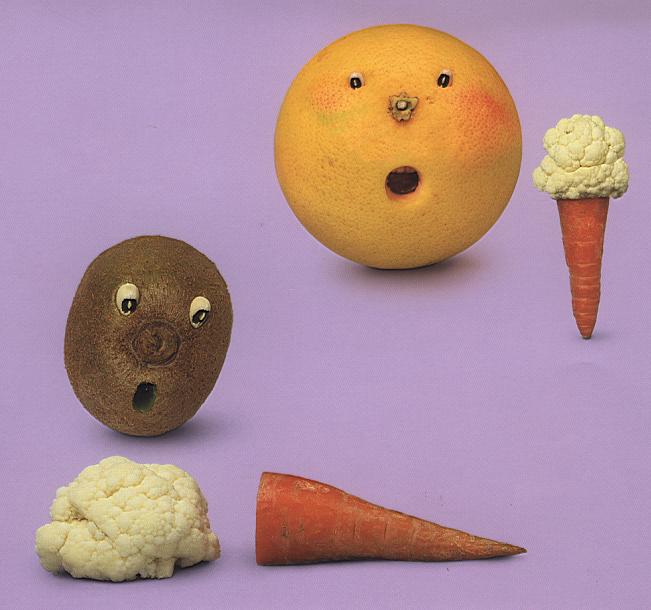Key Concepts of Science Basics and Living Organisms
Lesson Overview
- Understanding the Scientific Method
- What Are the Characteristics of Living Things?
- What Are the Needs of Living Organisms?
- Why Water is Vital for Living Things?
- Understanding Organisms: Autotrophs vs. Heterotrophs
- What Is Development in Organisms?
- Homeostasis
- Cells
- Historical Insight
- Applying the Scientific Method
Science is the study of the natural world, helping us understand how things work and why they happen. One essential part of science involves understanding living organisms, plants, animals, and other living creatures, and how they interact with their environment.

Understanding the Scientific Method
The scientific method is a process scientists use to learn new things and solve problems. It involves several critical steps:
- Identify a Problem or Question: Think about what you want to learn or solve.
- Observe Nature: Look closely and record what you notice about the world around you.
- Make a Prediction: Develop a hypothesis, which is an educated guess about the answer.
- Design an Experiment: Plan how you will test your prediction.
- Conduct an Experiment: Perform the test and collect data.
- State Your Findings: Analyze the data and conclude whether your prediction was correct.
Variables in Experiments
Experiments involve different kinds of variables:
- Independent Variable: This is the part you change or test in your experiment.
- Dependent Variable: This changes because of the independent variable. It is what you measure or observe.
- Control: This is the part of the experiment that stays the same, helping scientists compare results.
- Constant: Factors that remain unchanged throughout the experiment.
Example:
If you test how much water plants need to grow, the independent variable is the amount of water you give, and the dependent variable is how much the plant grows.
What Are the Characteristics of Living Things?
All living organisms share specific characteristics that differentiate them from non-living things. Here are six main characteristics of living organisms:
- Made of Cells: All living things consist of one or more cells.
- Growth and Development: They grow bigger and change over time.
- Reproduction: They create new organisms similar to themselves.
- Respond to Stimuli: They react to changes in their environment.
- Use Energy: They use energy to grow, move, and maintain their bodies.
- Maintain Homeostasis: They keep their internal environment stable and balanced.
Test Your Knowledge – Take the Quiz Now!
What Are the Needs of Living Organisms?
Every living thing requires certain essentials to survive and thrive:
- Food: Provides energy and materials for growth and repair.
- Water: Essential for many biological processes, including digestion, circulation, and temperature regulation.
- Shelter: Offers protection from predators and harsh environmental conditions.
- Air: Supplies oxygen necessary for cellular respiration, which produces energy.
Why Water is Vital for Living Things?
Water is crucial for all living organisms because it:
- Makes up about 70% of cells.
- Serves as a solvent, helping chemical reactions occur.
- Helps transport nutrients and waste products within organisms.
- Maintains proper temperature and pH levels within organisms.
Understanding Organisms: Autotrophs vs. Heterotrophs
Living things can be grouped based on how they obtain food:
- Autotrophs: Organisms that can produce their food (e.g., plants use photosynthesis).
- Heterotrophs: Organisms that cannot make their food and must consume other organisms or organic matter (e.g., animals, humans).
What Is Development in Organisms?
Development is the process of change in an organism over time. Unlike simple growth, development includes changes in structure, function, and abilities. For example, a tadpole developing into a frog undergoes significant physical and functional changes.
Homeostasis
Homeostasis is maintaining stable internal conditions necessary for survival despite external changes. It helps organisms function properly. For example, humans maintain a stable body temperature even when the weather outside changes.
Cells
Cells are tiny structures that make up every living thing. Most cells are so small we need a microscope to see them.
- Unicellular organisms: Made of one cell (e.g., bacteria).
- Multicellular organisms: Made of many cells (e.g., humans, animals, plants).
Cells use energy obtained through processes like cellular respiration for growth and repair, essential for survival.
Historical Insight
People once believed in spontaneous generation-the idea that living organisms could appear from non-living matter. Scientists like Francesco Redi and Louis Pasteur proved this incorrect through experiments showing that life can only come from existing life.
- Redi's Experiment: He demonstrated that flies do not spontaneously generate from decaying meat by showing that maggots appeared only when flies laid eggs.
Applying the Scientific Method
Imagine wanting to understand how sunlight affects plant growth:
- Question: Does the amount of sunlight affect plant growth?
- Observation: Noticed plants grow differently based on their sunlight exposure.
- Prediction (Hypothesis): More sunlight will result in faster plant growth.
- Design an Experiment: Use identical plants, placing them in different amounts of sunlight.
- Conduct Experiment: Monitor plant growth daily, measuring changes.
- Conclusion: Analyze results to determine if your prediction was correct.
Ready, Set, Quiz! Click Here to Get Started!
Rate this lesson:
 Back to top
Back to top

